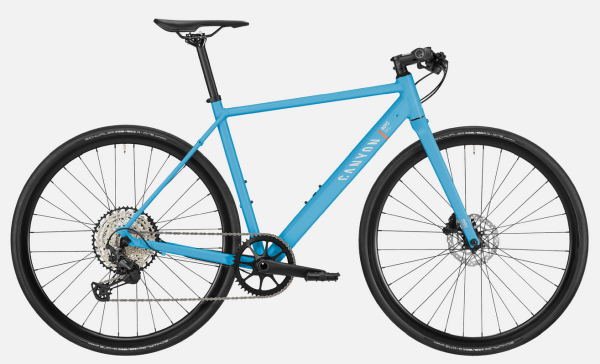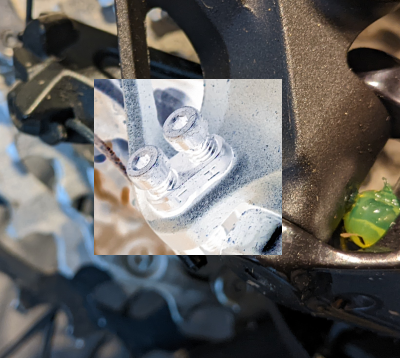I hadn't bought a new bike in 6 years before replacing my mountain bike in February this year, now I decided to replace my everyday bike, which I bought in June 2010.
The Canyon Roadlite 6 wasn't my preferred Roadlite choice but the 5 and 7 were sold out in my size. The sale price for the Roadlite was good and with a few accessories, the total came in at just under €1100.
My previous bike was a recommendation from an Austrian colleague, and it proved to be a very good buy over the years, I clocked up 19,400KM on Strava and probably a lot more with short rides. But parts for it are hard to source now, and while I liked the gear range of a triple crank, there were always issues with it due to a design flaw.

↑ Canyon Roadlite 6 2024.
So how exactly has it changed:
| Giant Defy 3.0 2010 | Canyon Roadlite 6 2024 | |
|---|---|---|
| Cost | €708 (€903 adjusted for inflation) | €1093 |
| Wheels | Giant OEM, QR axle | Alex Rims CRD30 / Shimano TX505, QR axle |
| Tyres | 23mm Vittoria Zaffiro (25mm possible) | 30mm Schwalbe G-One Speed (32mm possible) |
| Fork | Giant Composite | Canyon FK0049 Disc (Carbon Fibre) |
| Groupset | Shimano Sora (3400 series) | Shimano Deore/SLX |
| Shifters | Sora (non STI) | Shimano Deore M6100 12s |
| Brakes | Tektro Giant specific Dual Pivot | Shimano MT201 / UR300 (rotor Shimano RT10) |
| Cassette | Shimano Sora 3400 (12-25 9sp) | Shimano SLX M7100 (10-51 12sp) |
| Cranks | FSA Omega MegaExo, 30/39/50 | SAMOX TAM37 46T |
| Handlebars | Giant Connect | Canyon Iridium Flatbar 600mm (Ergon GA3 grips) |
| Sadle | Giant OEM | Canyon Sport Saddle EP1249 |
| Weight | 10.04KG | 10.62KG |
My main thoughts on the new bike are:
Maintenance
So far the only adjustment I've needed was the low gear not staying in the biggest cog of the cassette. Adjusting the high and low screws can be difficult with Shimano because the screw was previously a Japanese standard and not a Phillips head like most people think.

↑ You can just about make out that the High (H) is on the right, above the Low (L).
Something I regularly forget is which screw looks after the big cog in the cassette and which looks after the small cog. Adjust the Low (L) screw for the largest cog and the High (H) if the chain shifts too far over on the small cog.
Probably the most common issue is the chain not sticking in the largest cog, so adjust the Low screw counter-clockwise.
 Graph and PowerShell Blog
Graph and PowerShell Blog